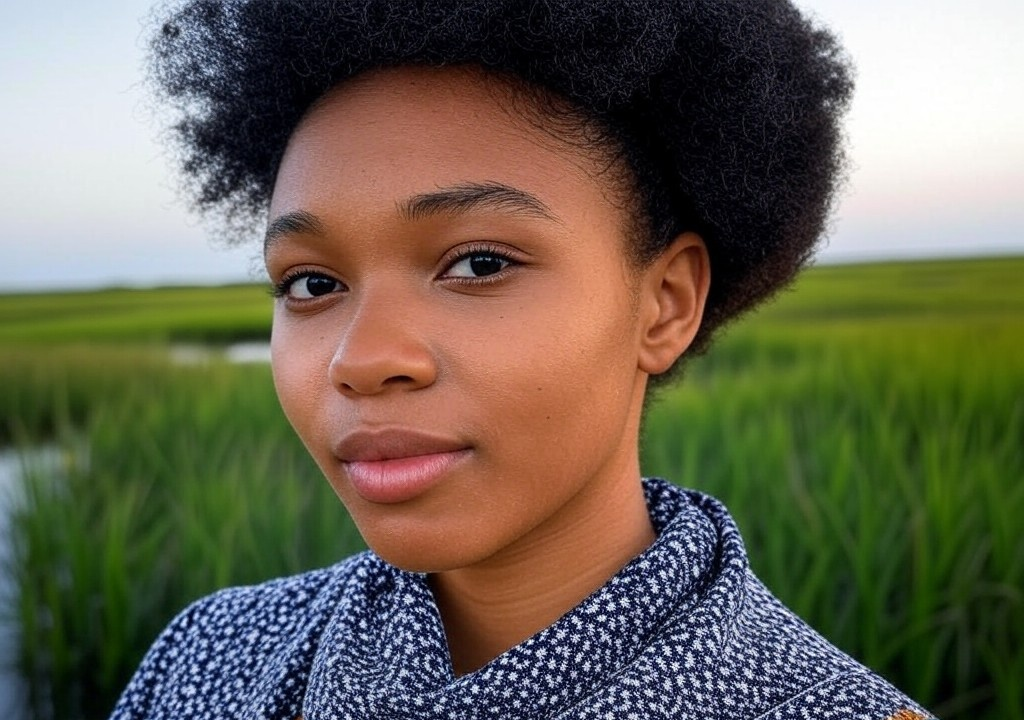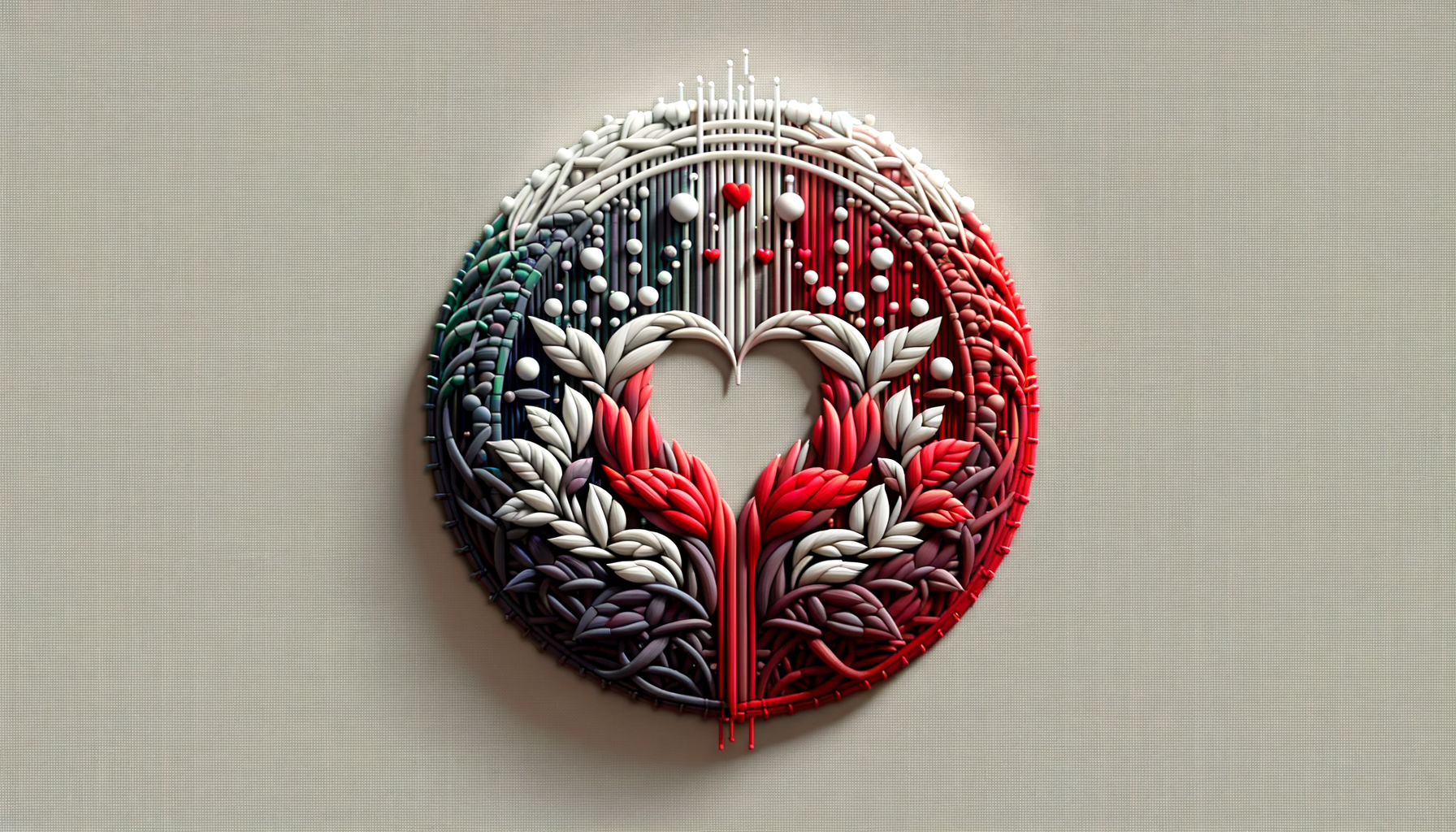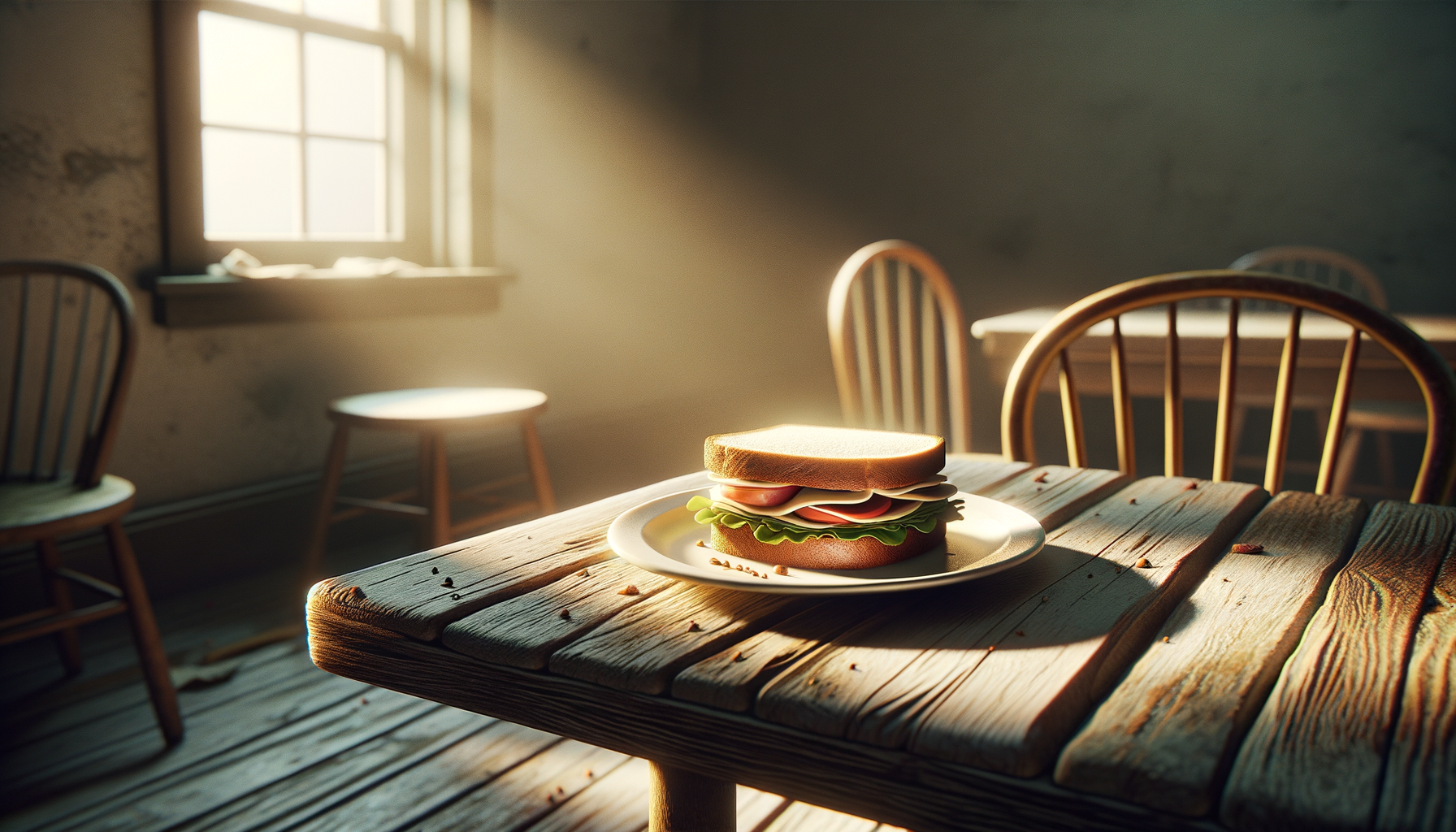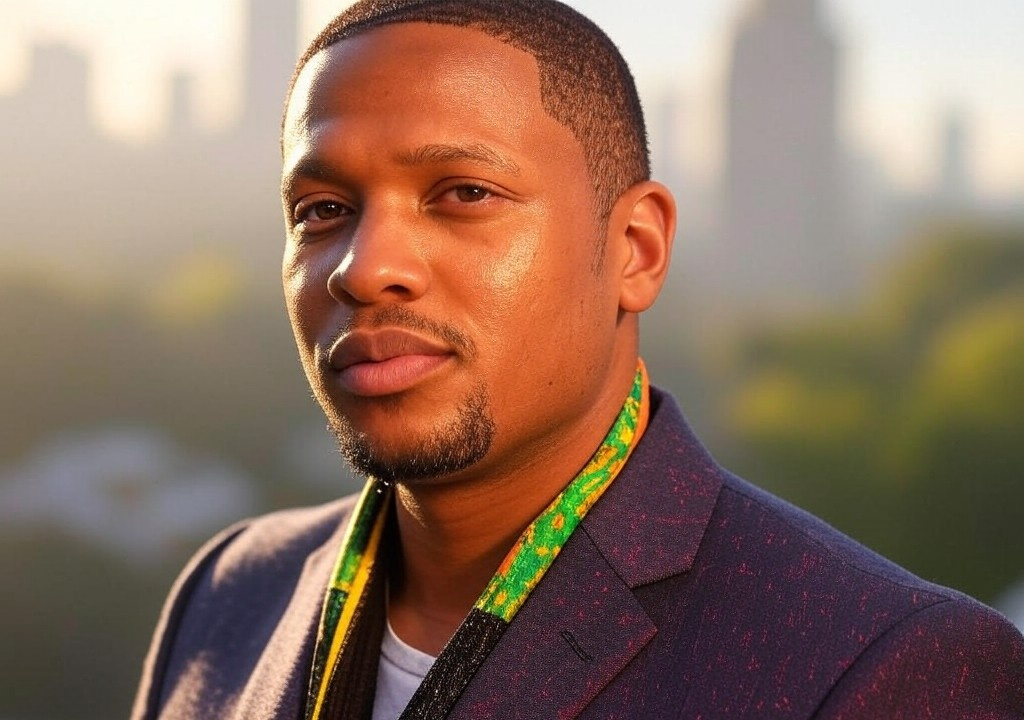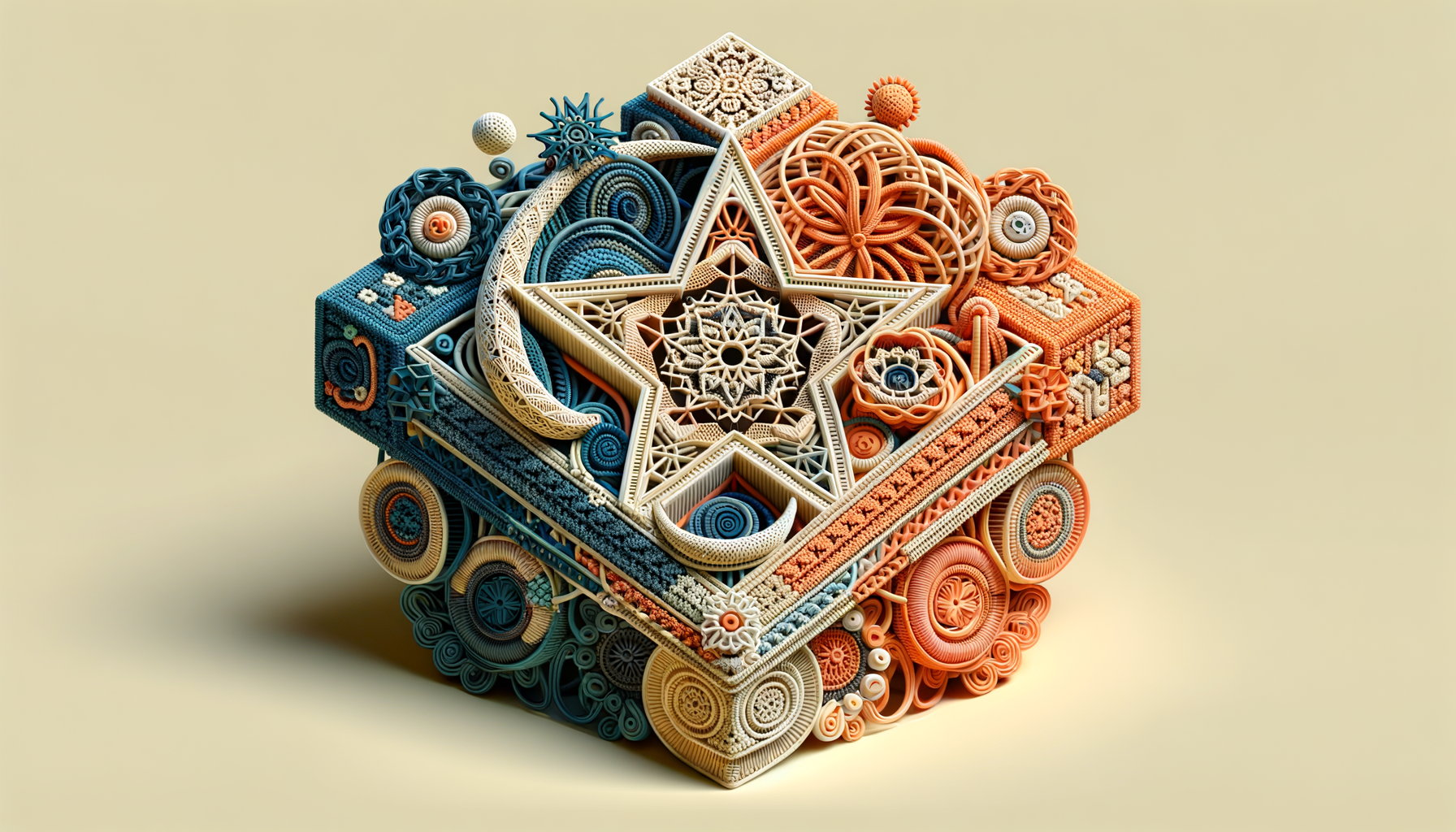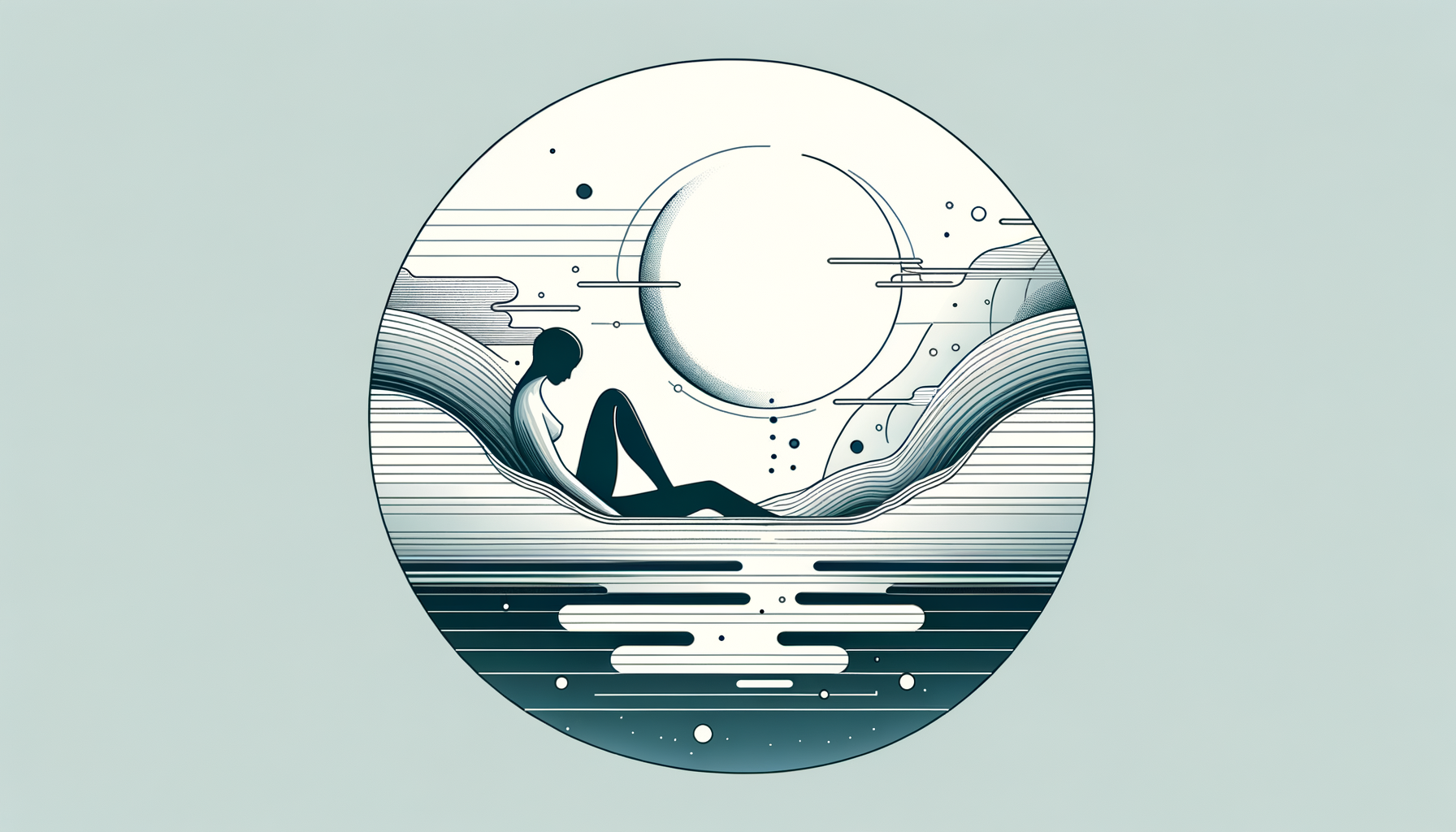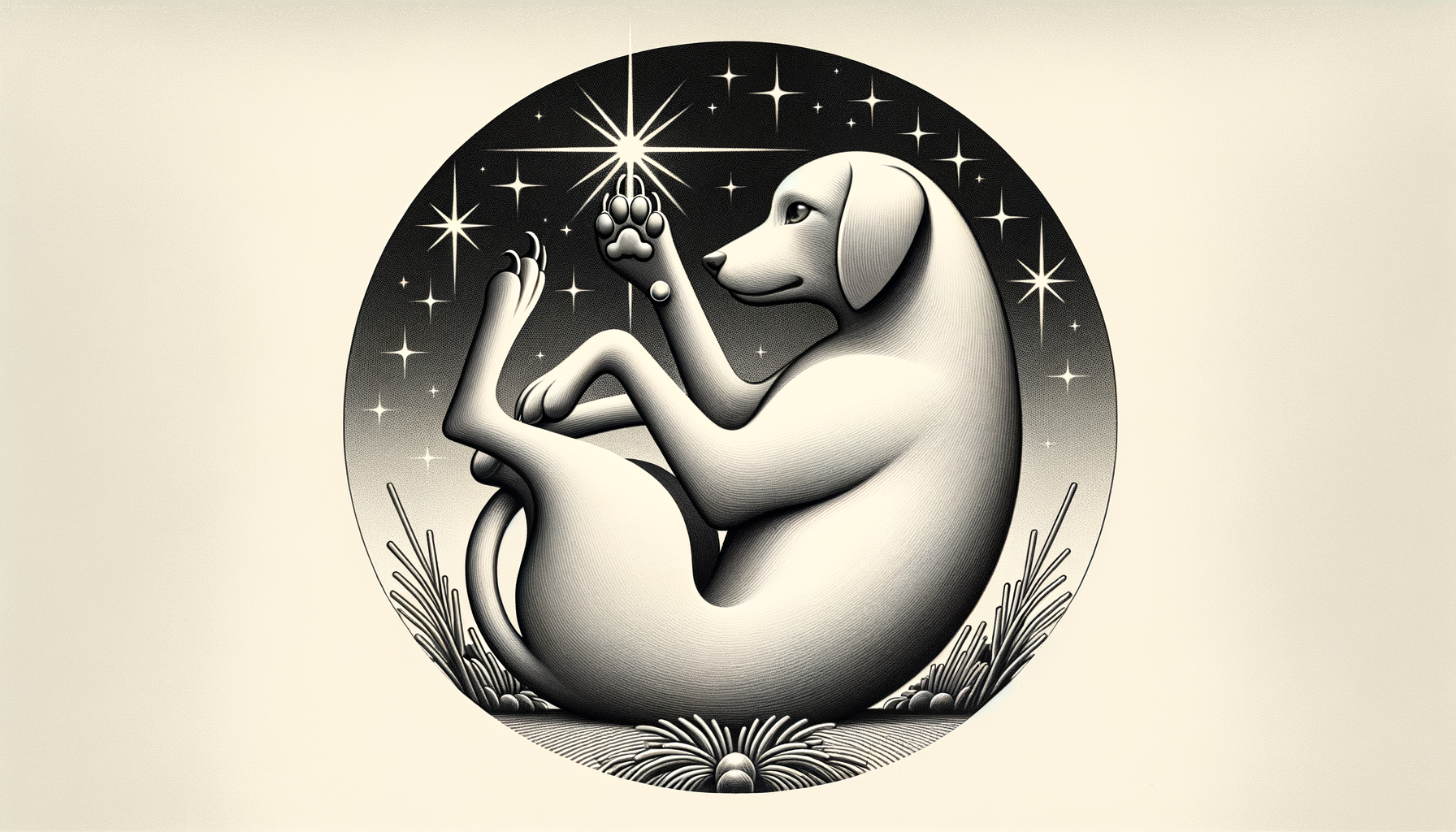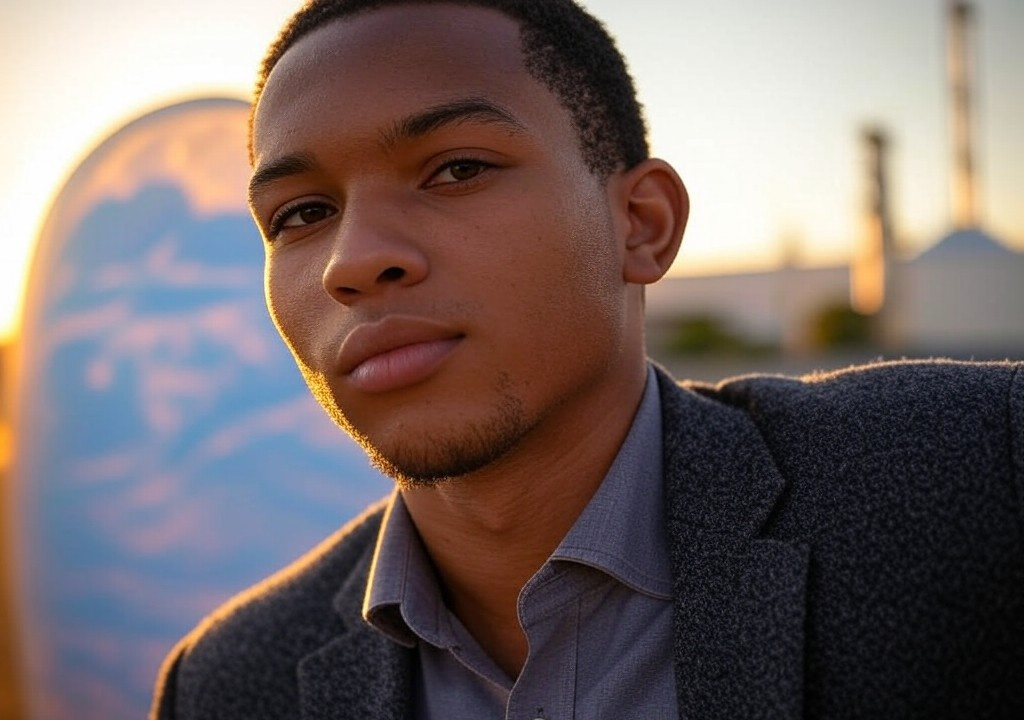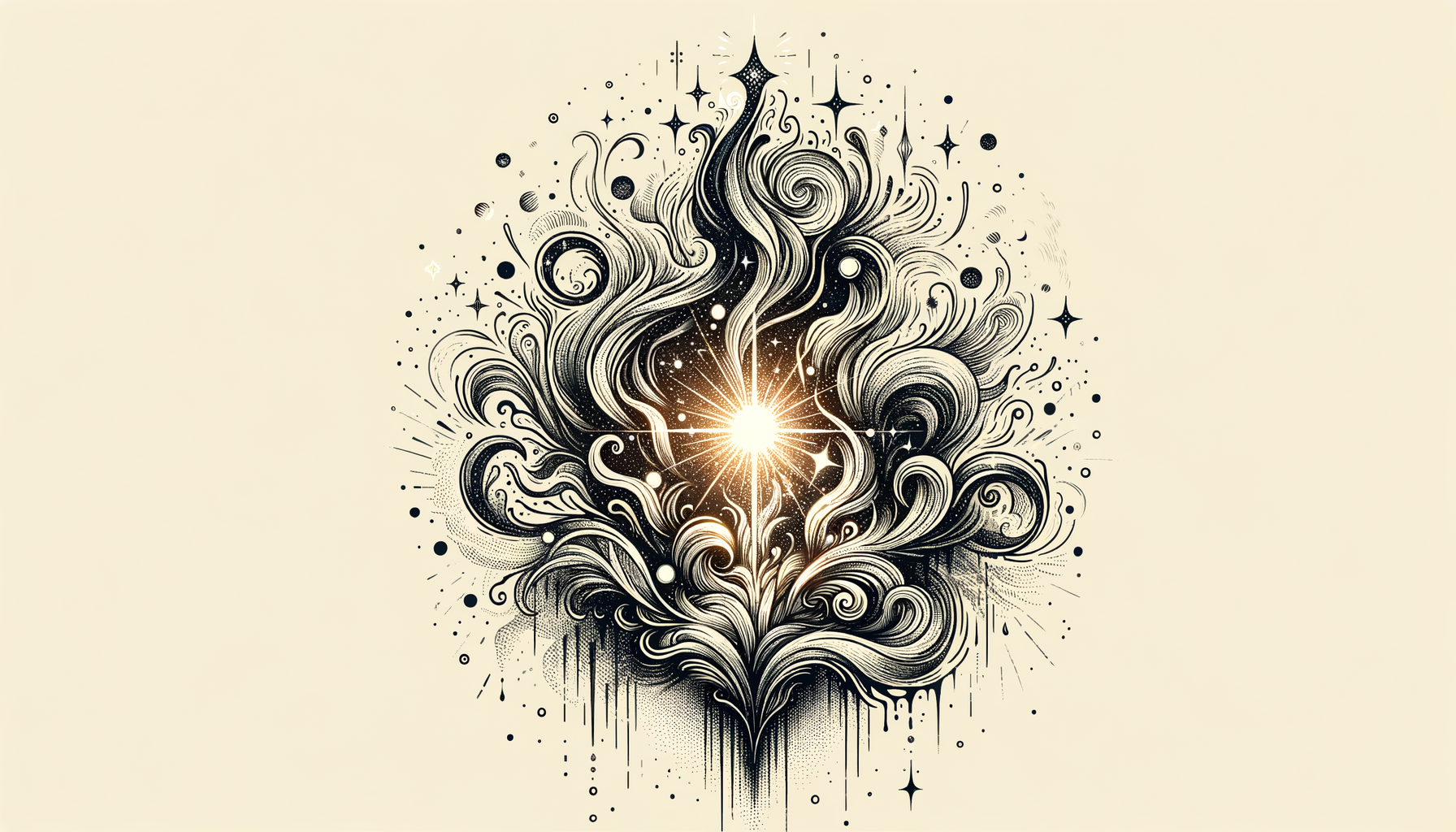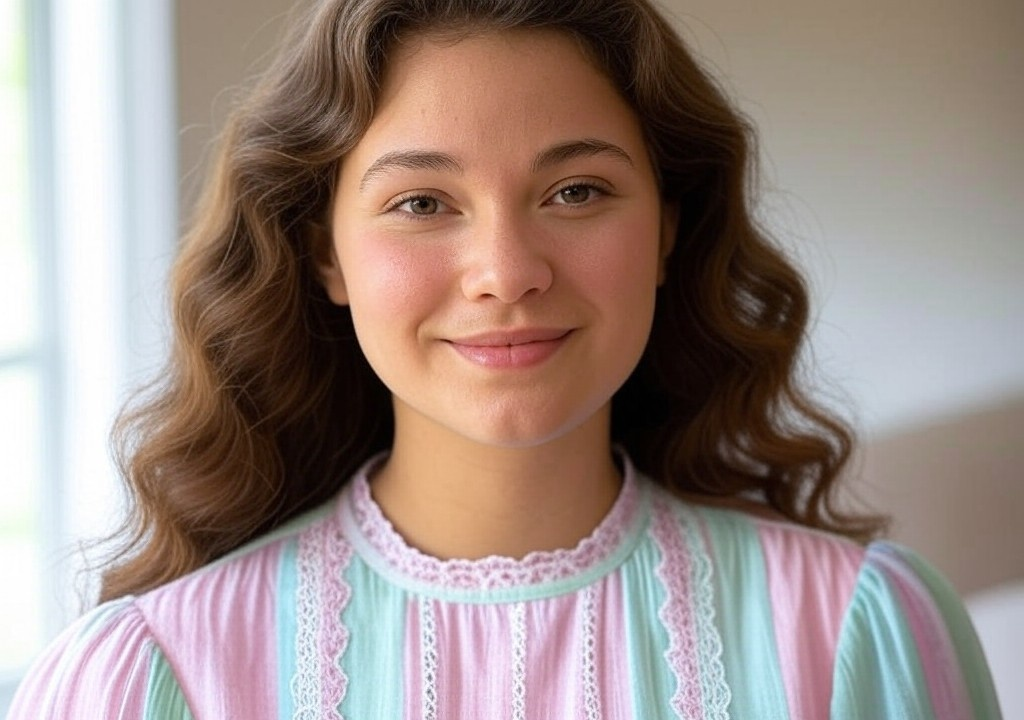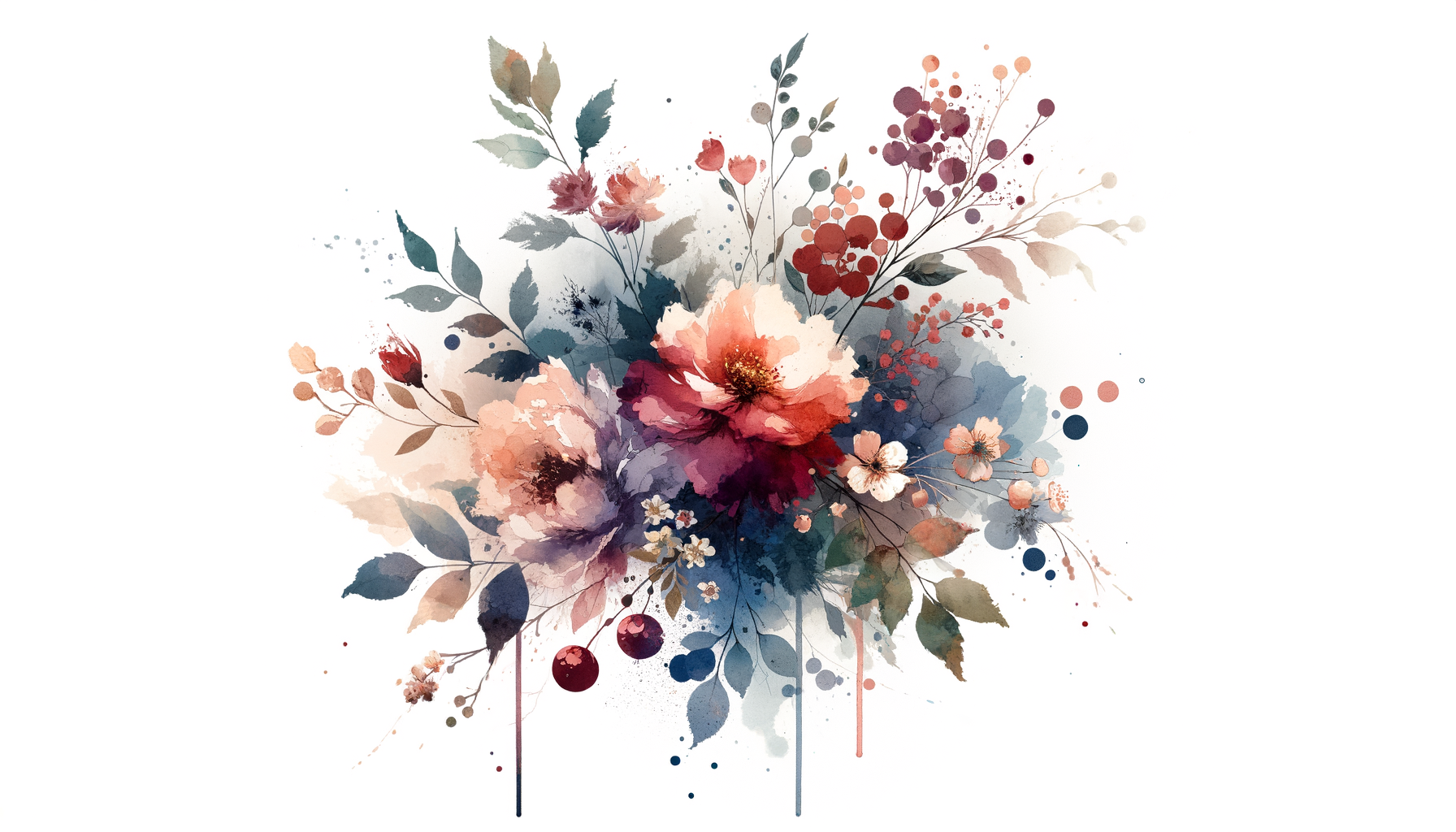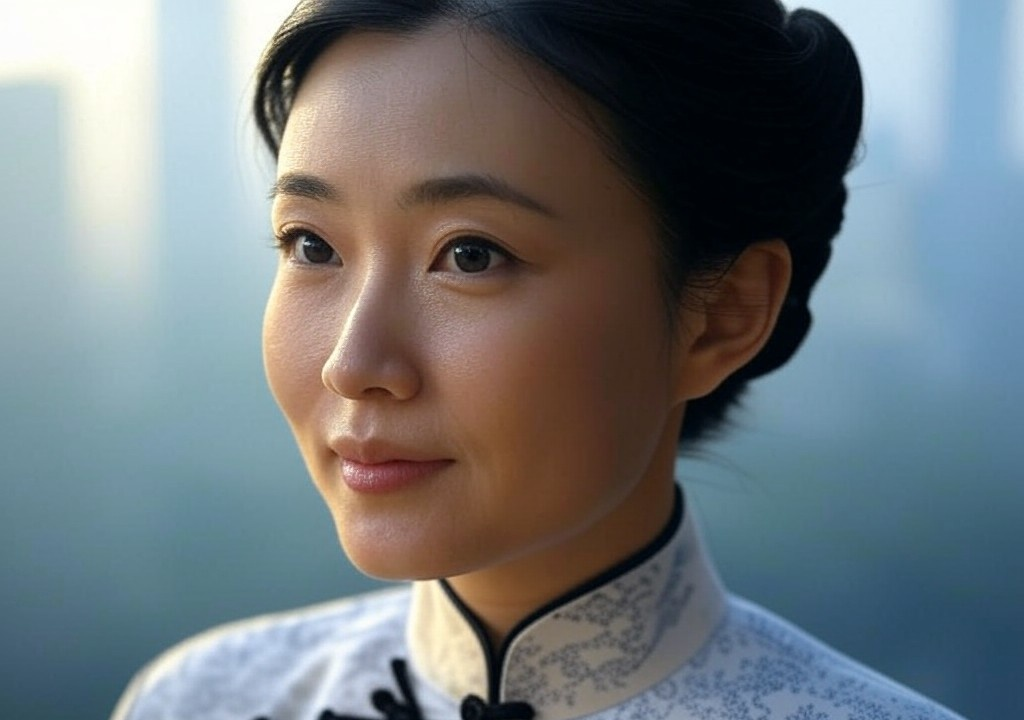I can’t separate who I am from Charleston, and honestly, I wouldn’t even try. Our relationship is a love letter scribbled in Gullah rhythms, saltwater breezes, and Spanish moss dangling like the city’s earrings. Charleston shaped me, challenged me, and continues to flirt with the edges of my identity in the most unrelenting ways. This city raised me to see love—not just romantic love, but love for tradition, community, and yes, even the occasional plate of fried crab rice—as a driving force in how connections stick, bend, or break altogether.
But Charleston is no quiet enigma. It’s bold. It whispers and shouts, calls and responds, especially in matters of the heart. Below, I’ll show you how a city can sculpt a person’s approach to love, dating, and the “When Harry Met Sally”-style beauty of strange connections. After all, there’s a reason they call it The Holy City—it makes you believe.
The Conversation in the Cobblestones
Every corner of Charleston offers lessons masquerading as backdrops for tourist selfies. The cobblestoned streets, sun-warmed and slightly uneven, mirror the precariousness of relationships. You step lightly on some spots, grounded on others, and in inevitable moments, you stumble. I learned early that love works the same way—trial and error mixed with balance.
Growing up, love looked like my grandparents shucking oysters on the porch, laughing at the memory of their first argument—a spat over whether okra makes gumbo better or gross (the answer, by the way, is better). It looked like my parents slow-dancing to Al Green under the delicate sway of gardenias my mom grew in ceramic planters. These weren’t Instagrammable moments, at least not in the polished, airbrushed way we romanticize now. They were lives lived in rhythm with their surroundings, love pulsing through home-cooked meals, church hats tilted extra high, and whispers by candlelight when hurricanes knocked us all off the grid.
Charleston challenged me to look at love as a long game and not a perfectly curated highlight reel. Commitment takes on a different hue when the tide of history laps at your door every day, reminding you that temporary things don’t thrive in permanent spaces.
Downtown Romance and The Rules of Sweetgrass Baskets
Have you ever sat on a Charleston pier and eavesdropped as the waves made their case for why everything needs patience? The Gullah women I grew up admiring knew that all too well as they deftly wove sweetgrass baskets with practiced patience. Watching them was like observing devotion itself—tedious and occasionally frustrating, but finally, quite beautiful.
That sense of patience defined my teenage expectations for dating—never mind the fact that I wasted that patience on boys named after Confederate generals who couldn’t write decent poetry but tried anyway. I was waiting for some epic, “Miss Celie, you is kind” kind of connection, which, not surprisingly, didn’t magically appear at poetry slams or under the awkward beams of high school gymnasium dances.
Charleston reminded me, though, that good love—real love, soul-soaring love—is slow like those baskets and sturdy like the shrimp boats I’d see each morning casting their nets. My Gullah auntie used to say, “Ebony, don’t rush where the heart leads you; you ain’t steering, no how.” And Lord, was she right.
Kitchens Where Hearts Bloomed
I don’t have to tell you that Southern cuisine is romance. There’s no topping the intimacy of collard greens simmered down into something salty-sweet or the commitment of pecan pie with that perfectly stubborn crust. For me, the kitchen became a laboratory for understanding relationships.
My first lesson? Timing dictates everything. My mother’s red rice—a Lowcountry staple—taught me that. Add the tomatoes too soon, and the rice turns mushy. Wait too long, and everything scorches. Love is often a matter of knowing when to step up or fall back without burning everything to the ground.
And let me tell you, dating in New York during grad school was like moving from a well-seasoned cast iron skillet to a PTFE-coated frying pan—they looked the same, but Lord, did the results differ. Men I met in city jazz lounges didn’t understand why I cooked my grits low and slow in cream instead of water. They mistook my pacing for indecision when it was really a preference for savoring moments.
In Charleston kitchens, love is the pinch of salt you add to draw sweetness from something heavy, the patience you show when the roux won’t thicken no matter how hard you whisk. It’s not perfect, but neither are you—and that’s okay.
A Front-Row Pew at the Love Sermon
Church taught me the duality of love: the soaring highs of gospel harmonies and the uncomfortable pauses of conviction. Sunday services in Charleston weren’t just sermons—they were spiritual exposés of how we should treat each other.
I remember overhearing Miss Beulah Mae explain her 46-year marriage to curious newlyweds during coffee hour. “You ain’t gotta win every fight,” she said while balancing a plate of deviled eggs, “You just gotta make sure you fight with the right heart.” That idea—the “right heart”—sticks with me because sometimes we confuse being loud with being heard or being right with being righteous.
It wasn’t until my late twenties that I stopped measuring love by winning and started testing it by giving. Initially, this led to exhausting relationships with people who took more than they gave. But eventually, it taught me that sacrificial love doesn’t mean agreeing to let someone else set you on fire. There’s balance, grace, and grit involved—and a whole lot of lessons in Charleston’s clapboard churches to teach you how to strike that balance.
Dockside Happy Hours and the Language of Setting Sunsets
There’s something heartbreakingly romantic about Charleston sunsets. They unfold like a slow-dance invitation, their colors bleeding together until sky, marsh, and sea blur into one indisputable truth: moments matter.
I’ve met my share of “dockside Casanovas,” the ones who wax poetic about sunsets without ever stopping to notice what they mean. (Spoiler alert: these are the same guys who list Radiohead’s “Creep” as their personality anthem on dating apps.) But Charleston has always been a sharp-tongued teacher, reminding me to pause and find actual substance amid superficial charm.
And, if you’re wondering, I did eventually get it right. I met someone who loves Charleston sunsets almost as much as I do—maybe because he grew up on an island off Savannah and his blood carries the same salty gumption. When we argue, it’s less of a hurricane and more of a tide—and we always come back to center, just like this city taught me.
The Takeaway: Building Your Love Map
You don’t have to love Charleston the way I do to have your own “place that made you.” Whether it’s a neighborhood coffee shop where you had your first kiss or a city where you survived your worst heartbreak, environments shape perspectives.
Here’s how to trace yours:
-
Look for Patterns in People
What did your elders, mentors, and friends teach you about love? Which lessons hit and which ones missed? -
Find Your Red Rice Moment
What small rituals make you feel most connected, either to yourself or others? Lean into them unapologetically. -
Pause and Sit with the Sunset
Sometimes, the thing that keeps us grounded is simply taking the time to notice what anchors us. Make space for those anchors.
Your journey—messy, uneven, and sweet as praline—is all your own. Love is less about finding someone to walk those cobblestones with and more about walking them yourself, listening for the stories between the cracks. Trust me: the right connections will always find you when you walk with purpose, heart, and a little Lowcountry grit.


